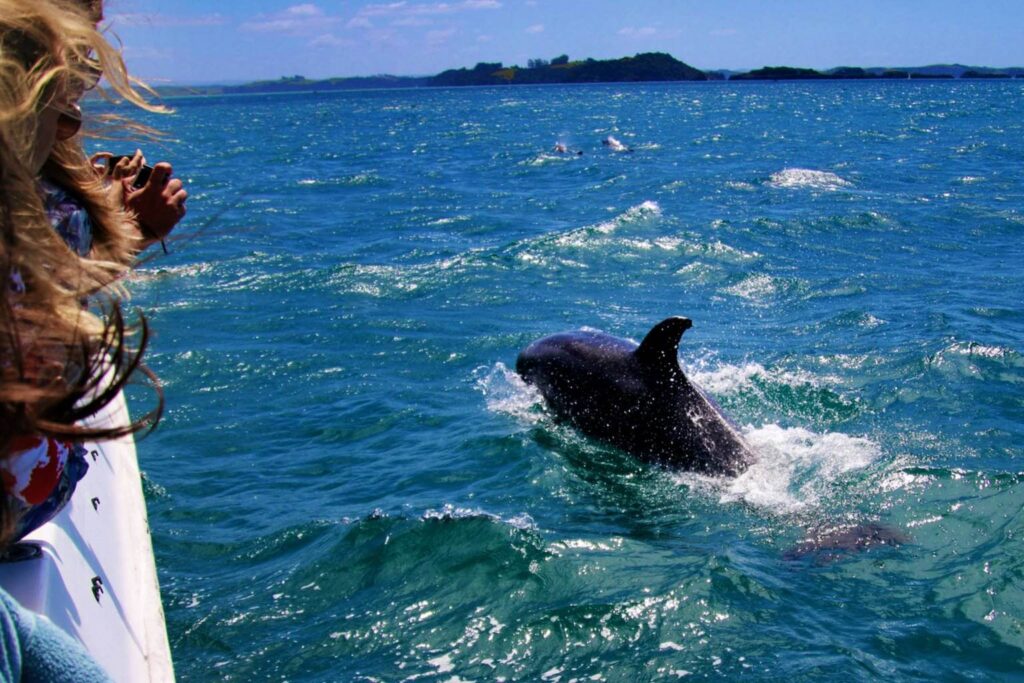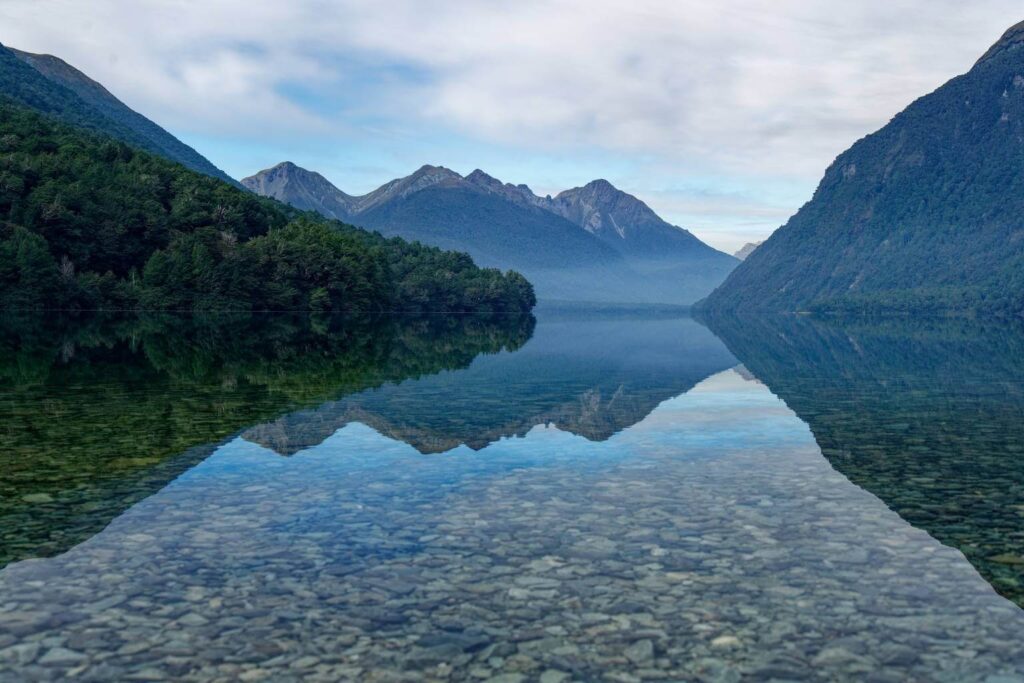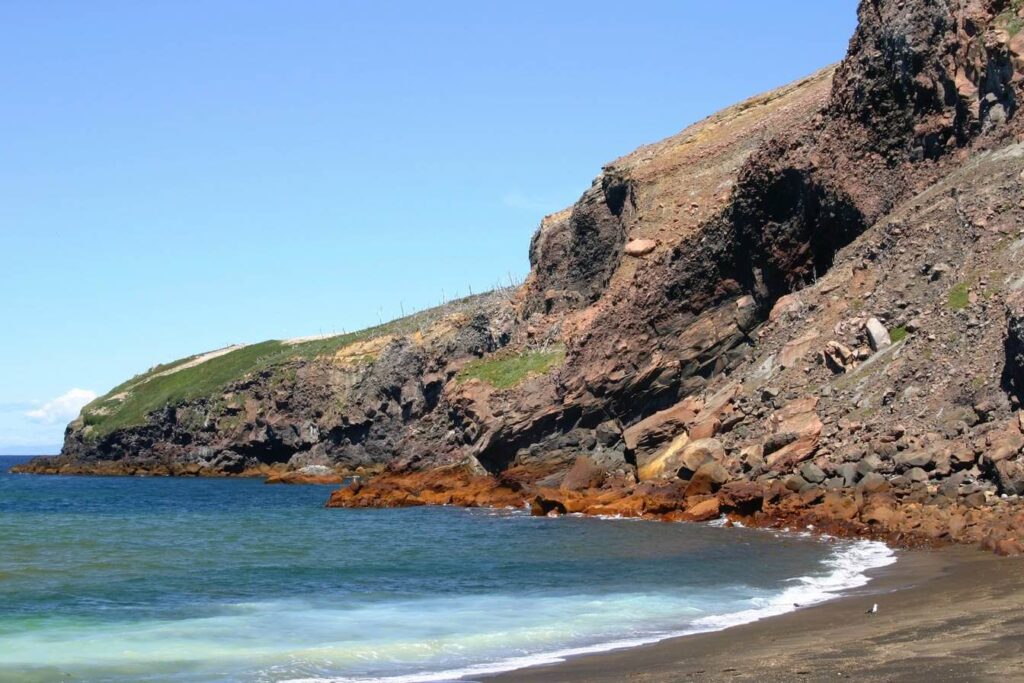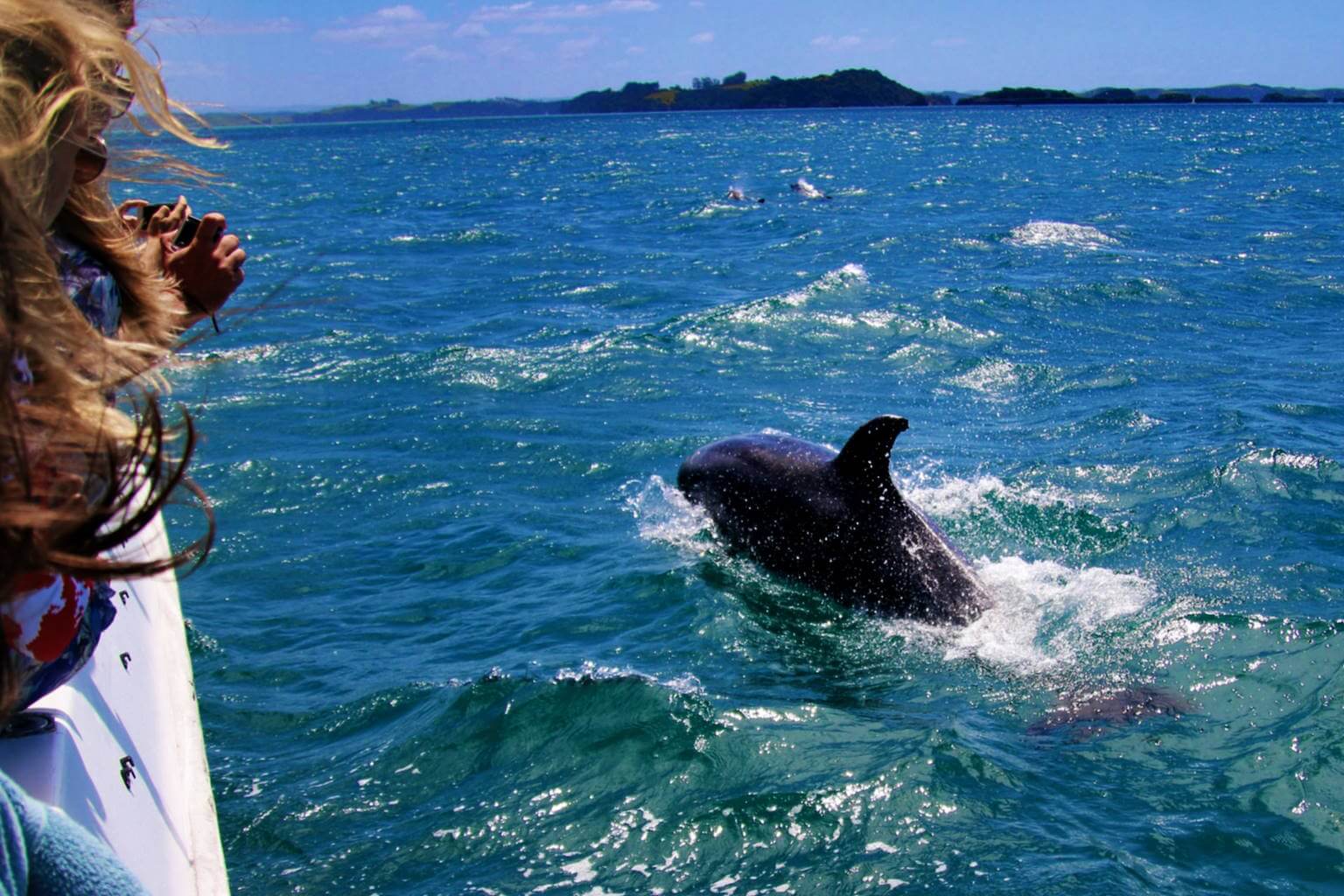New Zealand is a breathtakingly beautiful country, with plenty of opportunities to explore its rugged terrain and stunning coastline. For scuba diving enthusiasts, the country’s clear waters and diverse marine life make it a must-visit destination. In this blog post, we’ll take a look at some of the best scuba diving spots in New Zealand, including what you can expect to see at each location and some important things you should be aware of before taking the plunge.

Poor Knights Islands
Located off the northeast coast of New Zealand’s North Island, the Poor Knights Islands are a popular destination for scuba divers. These volcanic islands are home to an incredible array of marine life, including colorful fish, rays, and even dolphins. One of the standout attractions of diving in the Poor Knights Islands is the stunning archways and caves that can be explored underwater. However, the strong currents in this area can be dangerous, so it’s important to have experience and be aware of the conditions before diving here. You might see:
- Schools of colorful fish, including snapper, maomao, and blue maomao
- Rays, including stingrays and eagle rays
- Moray eels and octopuses hiding in the archways and caves
- Dolphins swimming around the islands

Bay of Islands
The Bay of Islands, located further north along the coast from the Poor Knights Islands, is another popular destination for scuba diving. Here, you’ll find crystal-clear waters teeming with marine life, including schools of fish, rays, and even sharks. One of the most popular dive sites in the Bay of Islands is the HMNZS Canterbury, a decommissioned navy ship that was intentionally sunk in 2007 to create an artificial reef. It’s a truly unique experience to explore the ship’s corridors and see how marine life has made it their home. You might see:
- Schools of fish, including snapper, kingfish, and trevally
- Sharks, including bronze whalers and school sharks
- Seals and dolphins swimming around the bay
- HMNZS Canterbury, a decommissioned navy ship that is now an artificial reef and home to a variety of marine life

Fiordland National Park
On the southwest coast of New Zealand’s South Island, you’ll find Fiordland National Park, a stunningly beautiful wilderness area that is home to some of the country’s most unique and pristine diving spots. The clear waters of Milford Sound, Doubtful Sound, and other fiords in the park provide an incredible opportunity to explore the underwater world of New Zealand. In these fiords, you can expect to see a variety of colorful sponges, sea anemones, and starfish, as well as larger marine life like seals and dolphins. However, it’s important to note that the cold water temperatures in Fiordland can make diving here challenging, so it’s recommended for experienced divers only. You might see:
- Sponges, anemones, and starfish covering the underwater rock formations
- Seals and dolphins swimming through the fiords
- Cold-water fish, including ling, cod, and grouper
- Unique underwater landscapes formed by the steep cliffs and waterfalls of the fiords

White Island
White Island, located off the northeast coast of the North Island, is a unique destination for scuba diving because it’s actually an active volcano. This means that the underwater environment here is constantly changing, with new rock formations and even hot water vents providing a unique backdrop for divers. In addition to the volcanic landscape, White Island is also home to a variety of marine life, including schools of fish, rays, and even sharks. However, it’s important to be aware of the potential hazards of diving near an active volcano, including sudden changes in water temperature and the risk of volcanic activity. You might see:
- Hot water vents and volcanic rock formations created by the active volcano
- Schools of colorful fish, including blue cod and trumpetfish
- Rays, including stingrays and eagle rays
- Sharks, including bronze whalers and mako sharks

Kaikoura
Located on the east coast of the South Island, Kaikoura is a small town that is famous for its marine life. Here, you can take a boat out to see whales, dolphins, and seals in their natural habitat, but there are also opportunities for scuba diving. The waters off Kaikoura are home to a variety of colorful fish, as well as larger marine life like octopuses and even sperm whales. However, it’s important to be aware of the strong currents and changing conditions in this area, as they can make diving here challenging. You might see:
- Schools of colorful fish, including blue cod and butterfish
- Octopuses hiding among the rocky crevices
- Sperm whales and other cetaceans swimming in the deep waters off the coast
- Unique underwater rock formations and kelp forests
These are just a few examples of the marine life and sights you can expect to see at each of these scuba diving spots in New Zealand. Of course, the exact species and experiences will vary depending on the time of year, weather conditions, and other factors, so be sure to do your research and talk to local experts before planning your dive.
In addition to the incredible marine life and underwater landscapes, scuba diving in New Zealand also offers the opportunity to connect with the country’s unique Maori culture. Many diving operators offer cultural tours and experiences that allow you to learn more about Maori history and traditions, adding an extra layer of richness to your scuba diving adventure.
Things to note
While scuba diving in New Zealand can be a breathtaking and rewarding experience, there are also some potential risks to be aware of. Here are a few things to be especially wary of when diving in New Zealand:
- Cold water temperatures: New Zealand’s waters are generally colder than in many other popular scuba diving destinations, which can make it more difficult to regulate body temperature and increase the risk of hypothermia. It’s important to wear appropriate thermal protection, such as a wetsuit or drysuit, and to be mindful of the signs of hypothermia, such as shivering, confusion, and fatigue.
- Strong currents and waves: Some of New Zealand’s diving locations can be subject to strong currents and waves, which can make it difficult to maintain buoyancy and control underwater. It’s important to be aware of local weather and water conditions before diving, and to be prepared with the necessary skills and equipment to navigate these conditions safely.
- Hazardous marine life: While most of New Zealand’s marine life is harmless, there are a few species that can pose a danger to divers. For example, some species of jellyfish, such as the Portuguese man o’ war, can cause painful stings, while some species of shark, such as the great white shark, are occasionally sighted in New Zealand waters. It’s important to be familiar with local marine life and to avoid touching or approaching any creatures that may be hazardous.
- Volcanic activity: Some of New Zealand’s diving locations, such as White Island, are situated near active volcanoes, which can pose a unique set of risks. In addition to the potential for eruption, there may be hazardous gases and other environmental factors to be aware of when diving in these locations.
As with any scuba diving trip, it’s important to take the necessary precautions and to be prepared for any potential risks. This includes having the appropriate training and experience, following local regulations and guidelines, and staying aware of your surroundings at all times. By taking these precautions and being mindful of the potential risks, you can help ensure a safe and enjoyable diving experience in New Zealand.
In conclusion, New Zealand offers some truly unique and breathtaking scuba diving experiences, from exploring volcanic underwater landscapes to swimming with dolphins and whales. However, it’s important to be aware of the potential hazards of diving in some of these locations, including strong currents, cold water temperatures, and the risks associated with diving near an active volcano. Whether you’re a seasoned diver looking for a new challenge or a beginner just starting out, there’s something for everyone in the clear waters of New Zealand. Just be sure to take the necessary precautions and stay safe while you’re enjoying all that this amazing country has to offer.


